Crafting the perfect cover letter is essential when applying for a job, as it serves as your first introduction to potential employers. It's not just about listing your qualifications; it's an opportunity to showcase your personality and enthusiasm for the position. A well-structured letter can set you apart from the competition and make a lasting impression. Ready to dive deeper into the essentials of a compelling cover letter? Keep reading!
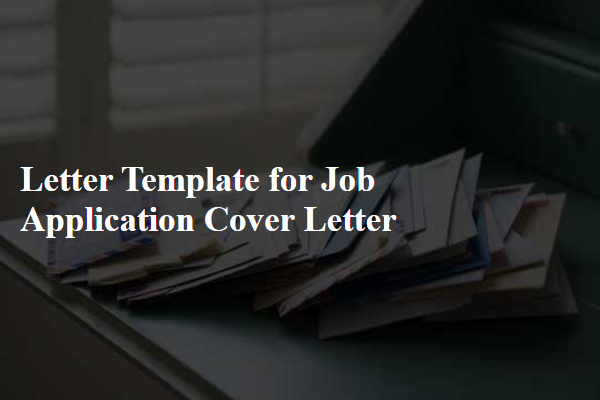
Personal contact information
Personal contact information serves as a crucial element of a job application cover letter, ensuring hiring managers can easily reach candidates. Typically, this section includes the applicant's full name, which establishes a personal touch, followed by a mailing address, providing a geographic reference. Phone numbers, such as a mobile line, facilitate immediate communication, while an email address ensures prompt digital correspondence. Including a LinkedIn profile link can enhance the professional impression, allowing potential employers to explore credentials, endorsements, and additional qualifications relevant to the specific job opportunity. Clarity and accuracy in presenting this information are paramount, as they reflect attention to detail and professionalism.
Employer's contact information
A comprehensive job application cover letter should include the employer's contact information, which typically encompasses the organization's name (like XYZ Corporation), mailing address (123 Business Rd, Suite 400, City, State, Zip Code), and the recipient's details (such as hiring manager's name, Mr. John Doe). Additionally, contact specifics should be included, such as phone numbers (like (123) 456-7890), and email addresses (for instance, john.doe@xyzcorporation.com). This information grants clarity, ensuring that the submission reaches the intended recipient, thereby increasing the likelihood of a successful application.
Opening salutations
A well-crafted opening salutation sets a professional tone for a job application cover letter. Common examples include "Dear Hiring Manager," or "Dear [Specific Name]," if known, which adds a personal touch. Addressing the recipient directly can create a sense of engagement. Using the company name, such as "Dear [Company Name] Recruitment Team," can also enhance relevance. The choice of salutation may depend on the industry norms and the specific job position, emphasizing professionalism and respect.
Introduction with position interest
A job application cover letter serves as a professional introduction. Applicants typically express their interest in a specific position, often detailed in a job listing on company websites or job boards. For example, an applicant might indicate their enthusiasm for the Marketing Coordinator role at a well-known company like ABC Corp. This introduction usually includes relevant qualifications, such as a degree in Marketing from XYZ University and experience in digital marketing campaigns that achieved measurable success, which sets a positive tone for the rest of the letter.
Highlights of relevant skills and experiences
A comprehensive job application cover letter should emphasize the candidate's relevant skills and experiences effectively. Highlighted skills such as project management proficiency, gained through overseeing multiple successful projects at a well-regarded firm, and communication expertise demonstrated in public speaking engagements at industry conferences can create a strong impression. Specific experiences, like improving team productivity by 30% through the implementation of agile methodologies, can showcase the ability to drive results. Involvement in community service projects, such as leading volunteer teams for local non-profit organizations, illustrates a commitment to teamwork and leadership. Overall, aligning these skills and experiences with the job requirements can significantly enhance the application's impact.

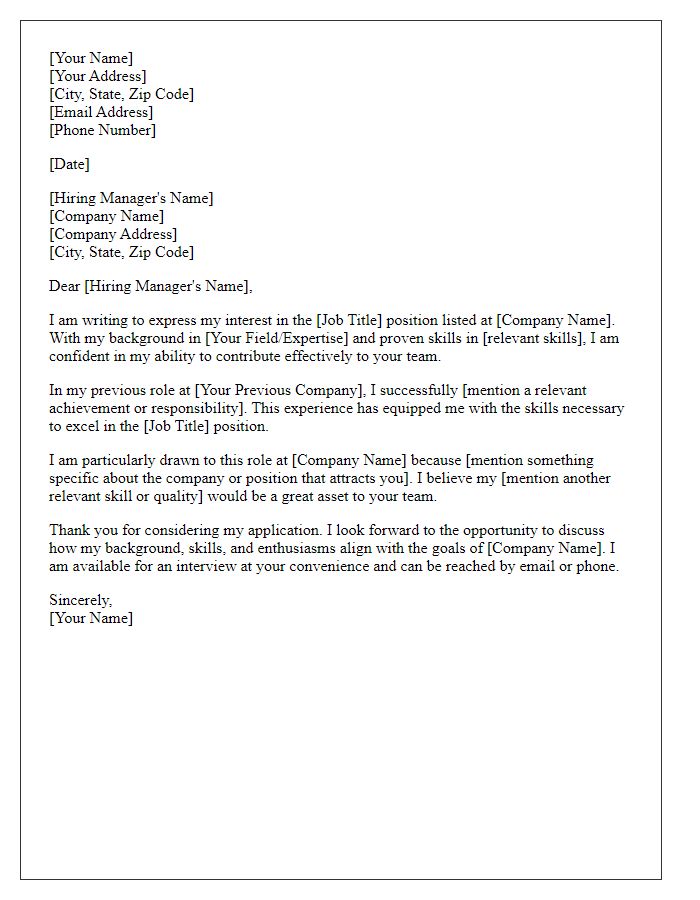
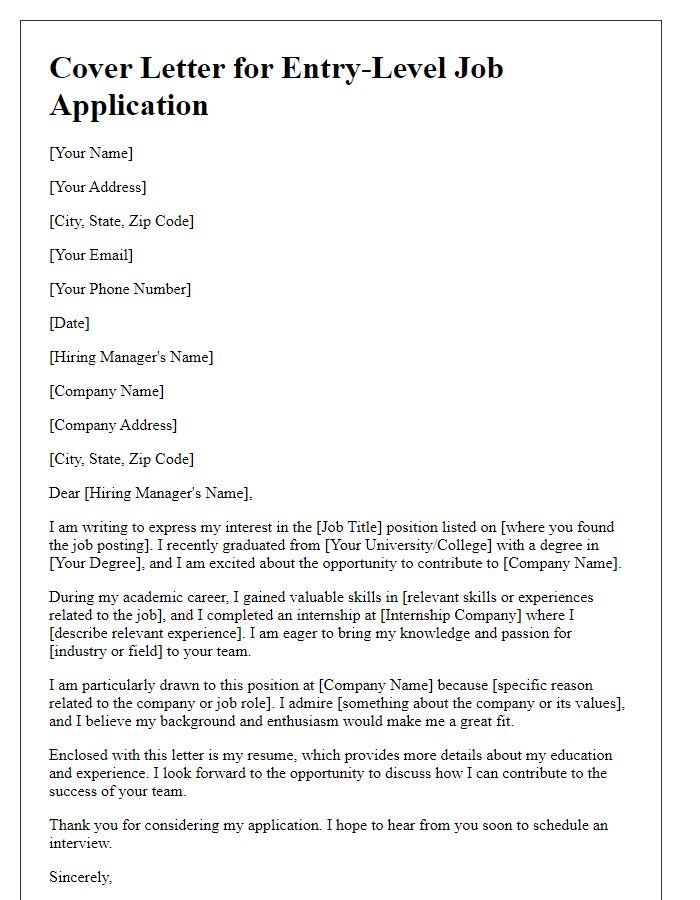
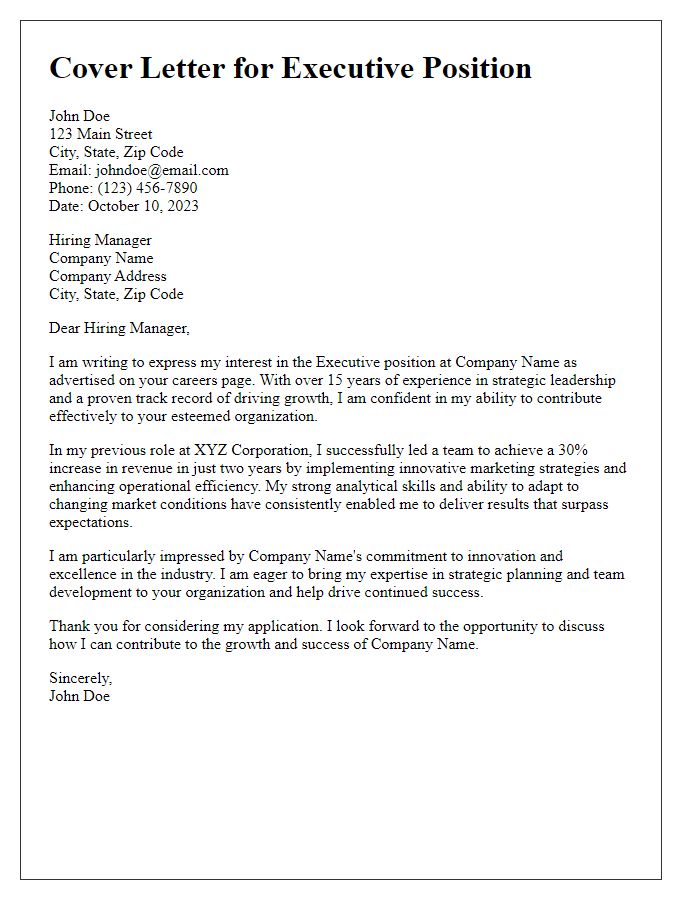
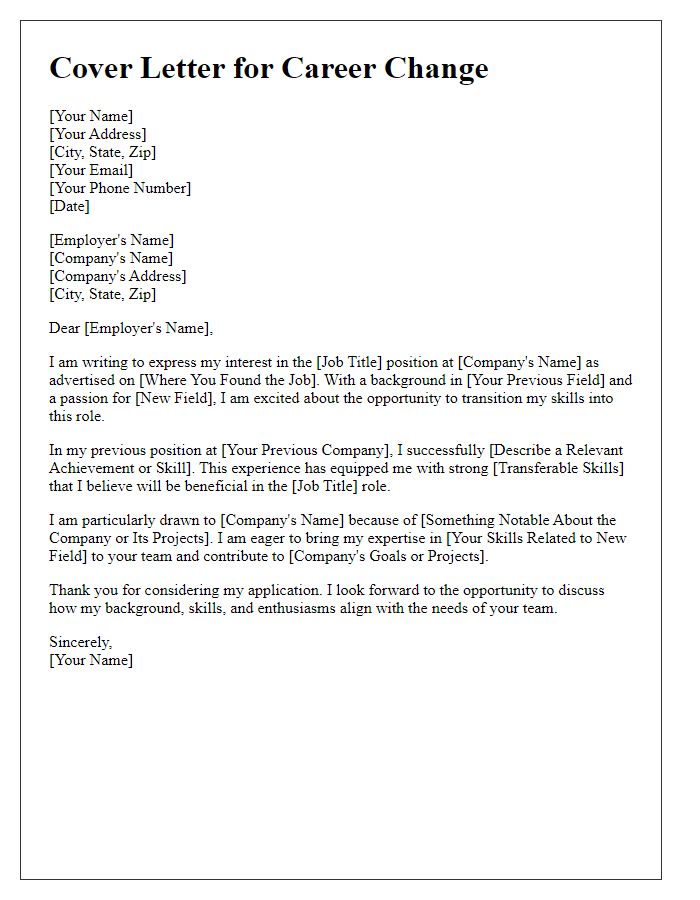
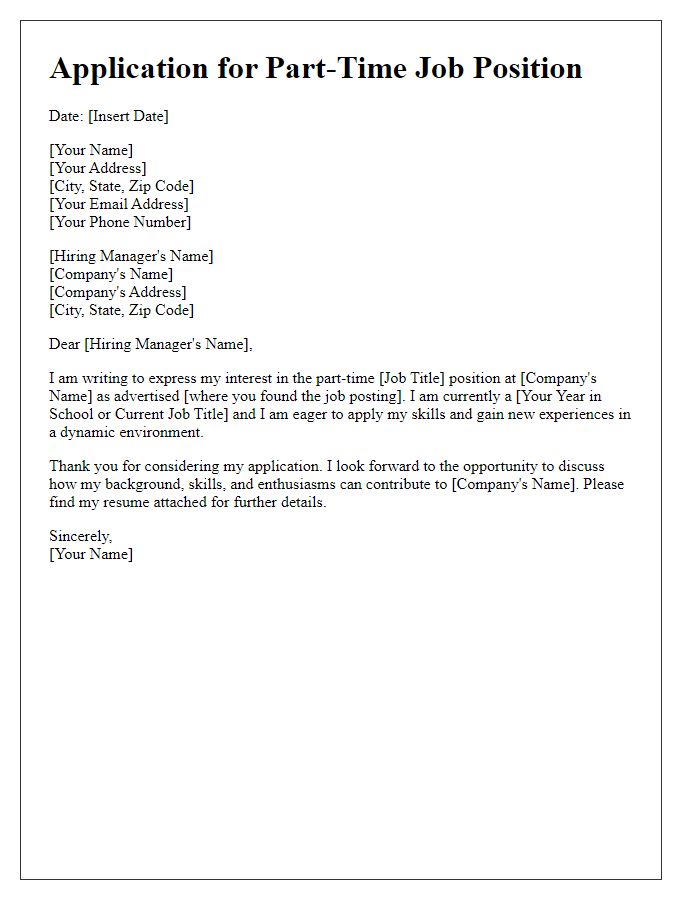
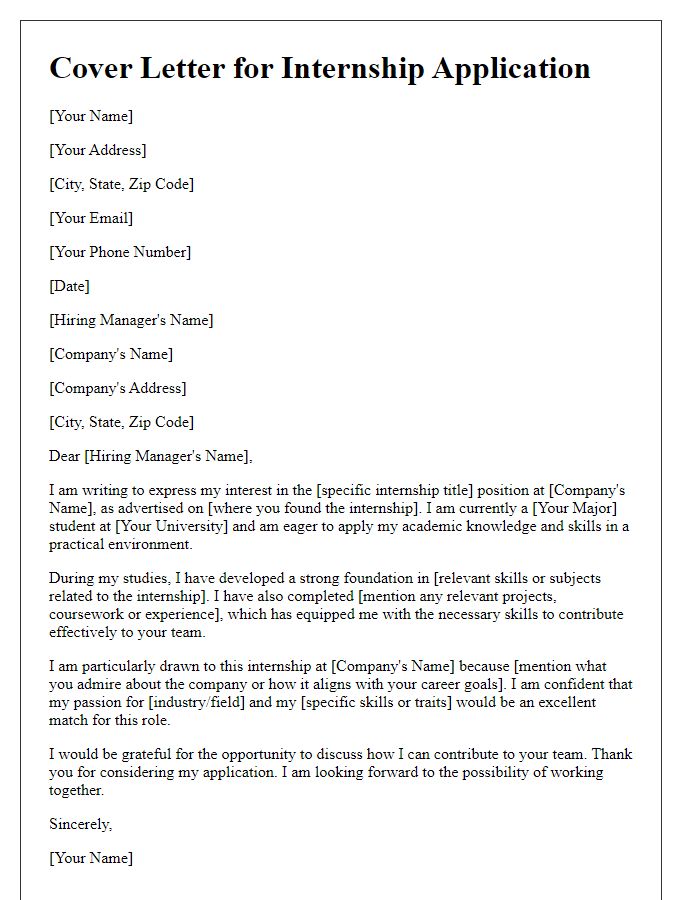
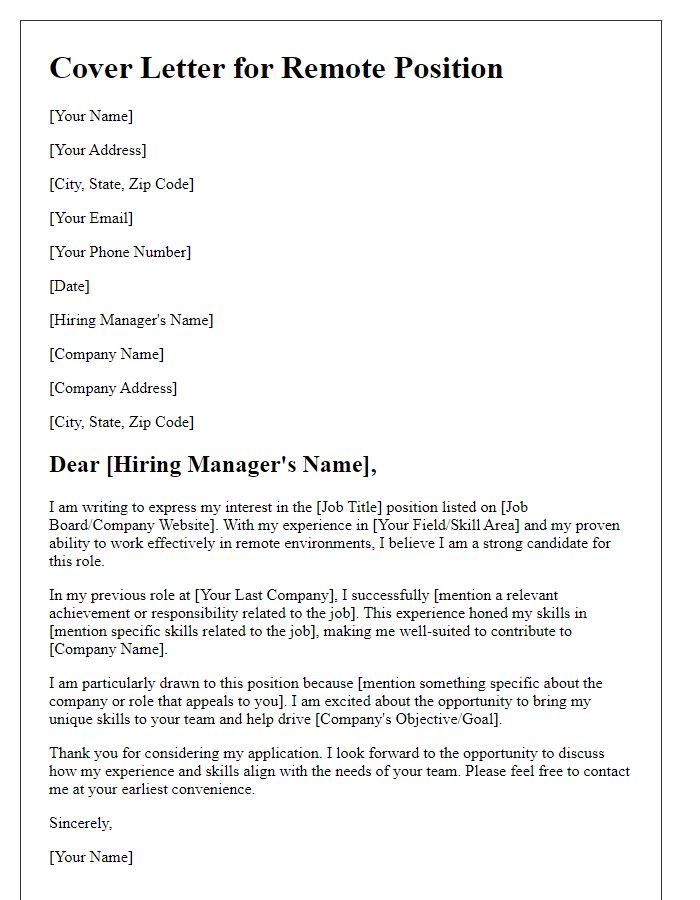
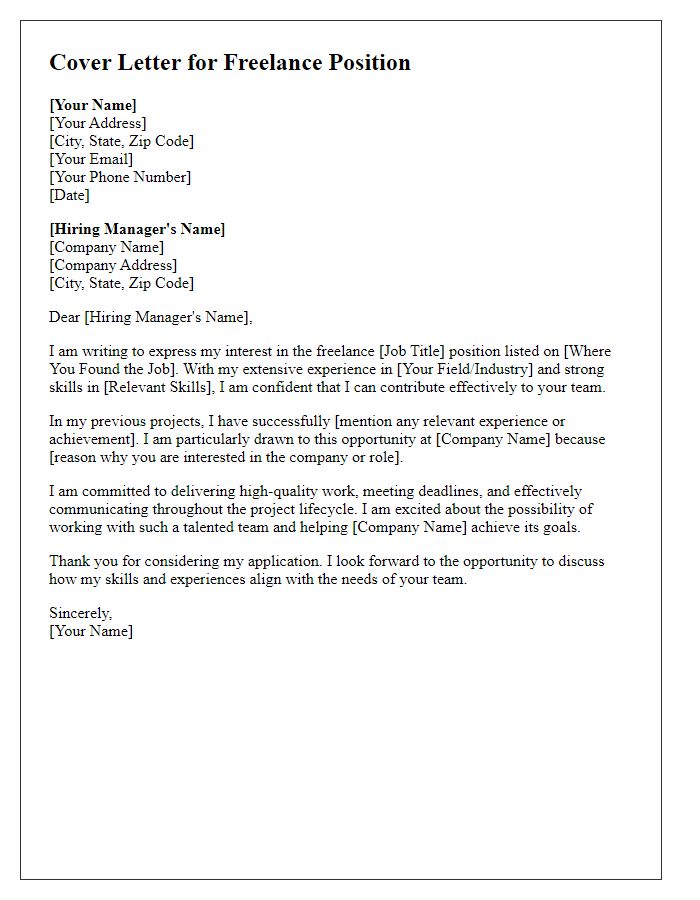
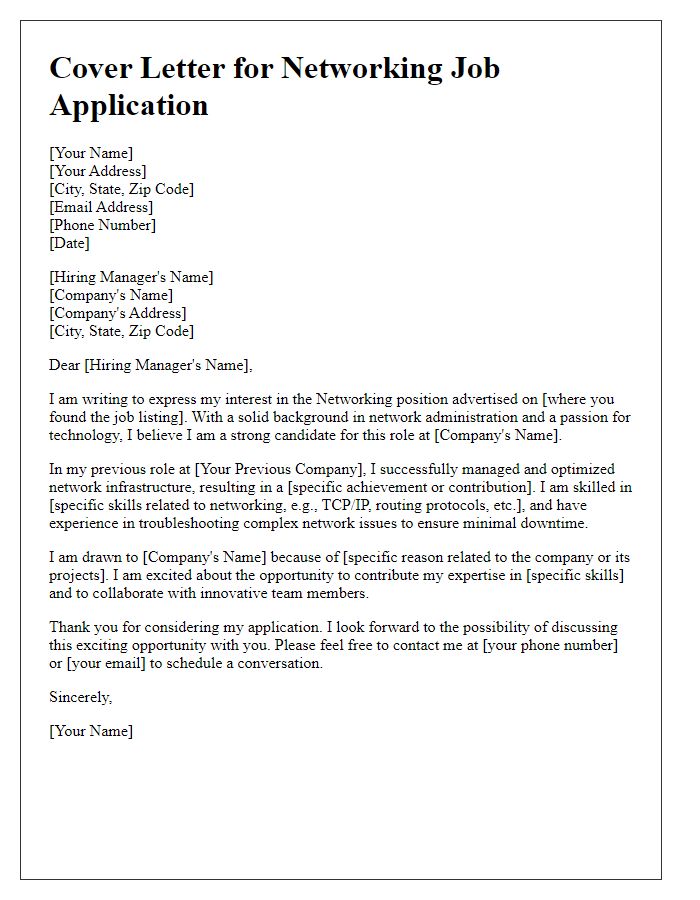
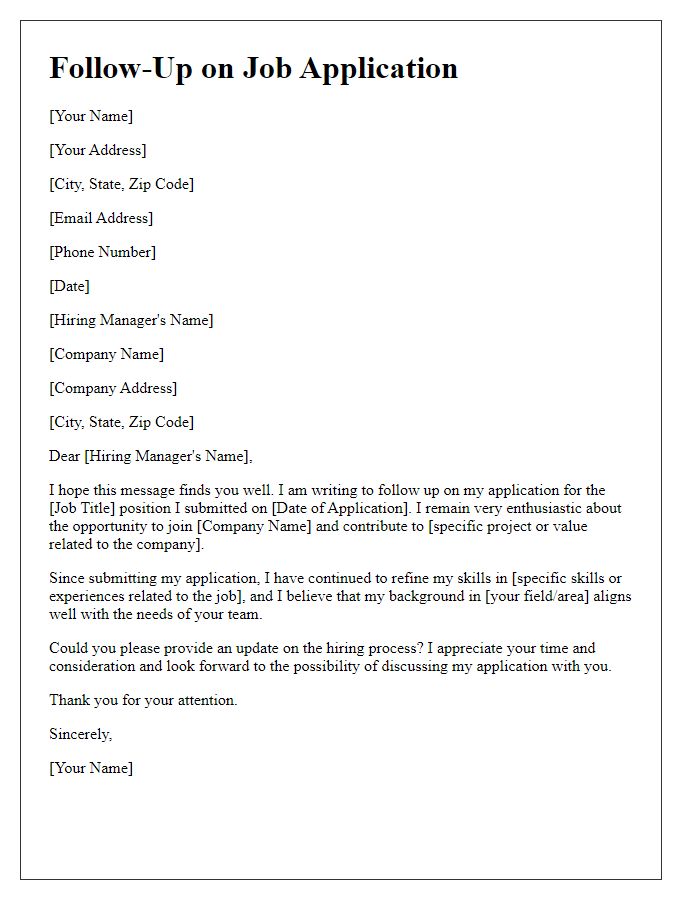


Comments